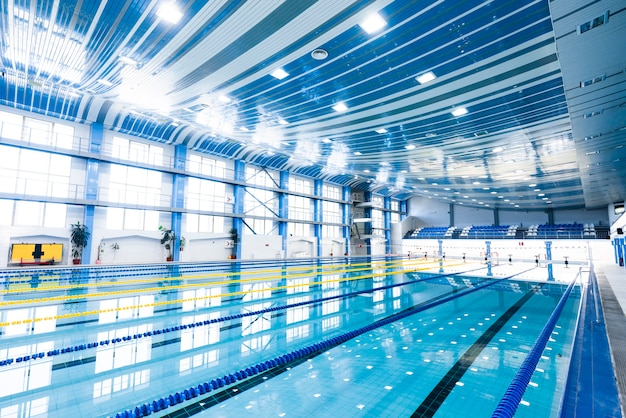November 16, 2023

In the previous article, we discussed the advantages of exercising in water. Today, I would like to talk about the disadvantages.
Disadvantages
〇 Excessive cooling of the body
Basically, as long as there is no inflammation, most people with back pain will feel better when their body is warm.
When exercising in a pool, you may not feel the cold due to the heat generated by the muscles while you are moving about, but as soon as you stop your movements, the water’s lower temperature will gradually deprive your body of its heat.
If you start feeling cold or your lips are trembling, you should temporarily step out of the pool.
Once outside the pool, check if your lips are blue, and if so, warm up before calling it a day.
If you feel cold when you get out of the water, taking a break followed by a warm shower or a hot bath is an effective remedy.
〇 Doing exercises everyday will only increase your fatigue.
Exercising in a pool burns more calories than you think, and your muscles will become tired fast.
The heaviness in the body that assaults you as soon as you get out of the pool is proof that you have over-exerted your body.
If you continue to punish yourself to get into shape without taking breaks, you may find yourself exercising without allowing your fatigued muscles to recover, which can lead to worsening back pain. So, be sure to exercise at your own pace.
When exercising together with friends, many people tend to compare themselves to others and push themselves even more. This behavior can be dangerous, so it is better to stop comparing yourself with the people around you.
The frequency of the exercises will vary depending on the nature of your exercise, nutritional supplements, and after care, but I think that exercising about twice a week is a good recommendation.
〇 Bone density is not reinforced when exercising in water.
Bones are pretty much the same as muscles, i.e., they stay in shape or are strengthened through an alternating cycle of destruction (the wounds sustained) and repair (the healing of the wounds).
Water exercise is characterized by a reduced load on the joints and less stimulation to the bones.
It is generally thought that water exercises neither cause osteoporosis nor worsen it, but it is still difficult to strengthen bones in water.
This entry may or may not be considered a real disadvantage, but if you want to strengthen your bones at all costs, it will always be more effective to exercise on land or to sit on a chair and give light stimulation to the heels.
*In this instance, do not stomp your heels too forcefully, but tap them lightly instead.
———————————————————————————————-
In combination with the previous article, today we have discussed the various advantages and disadvantages of such training.
Concerning exercises performed in water, I recommend that back pain patients start with simply walking in water.
If you feel pain when walking, try just stepping up and down without moving instead of walking.
If you want to swim, it is better to do so after receiving professional instruction, which decreases the risk of worsening the back pain.
Some people have indeed compounded their pain by doing breaststrokes or other water exercises that cause the hips to arch.
It is important to use the correct form both in everyday life and during rehabilitation.
It is also fine to have the patient perform in a heated pool. However, even in heated pools, the water temperature is lower than that of the body, at around 30°.
Make sure to warm up your body thoroughly before getting out of the pool.
If you feel faint or dizzy, it is best not to force yourself to exercise. Please take into account your own physical condition when exercising.
* If you neglect the warming up exercises, your legs may cramp up in the water, so please take extra care in that matter.
All in all, try to implement pain-free exercising that improves back pain.
*This article is intended for the general public, and is different from the care methods used for athletes who swim competitively or take part in competitions.



